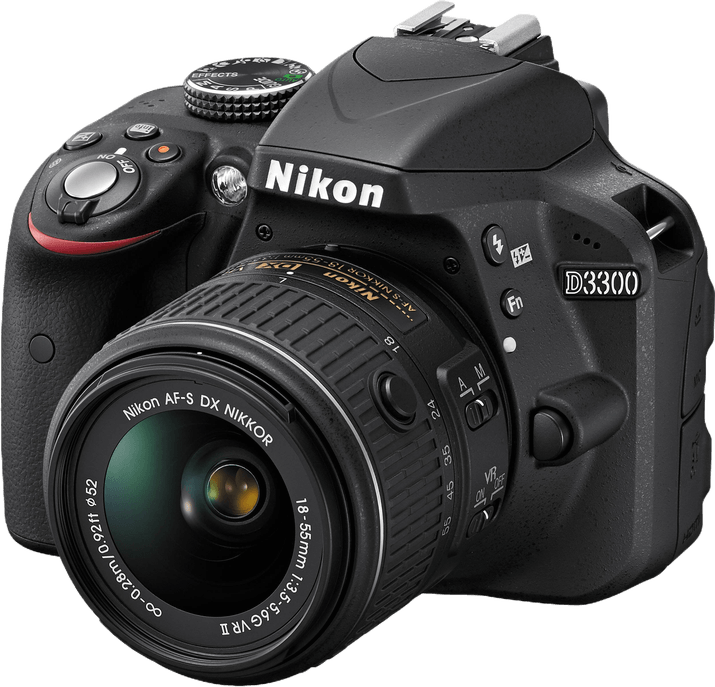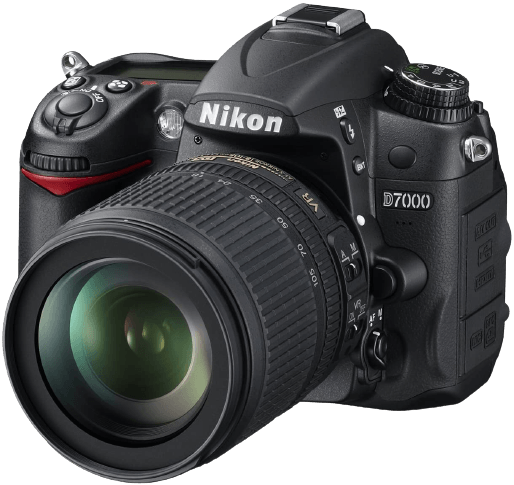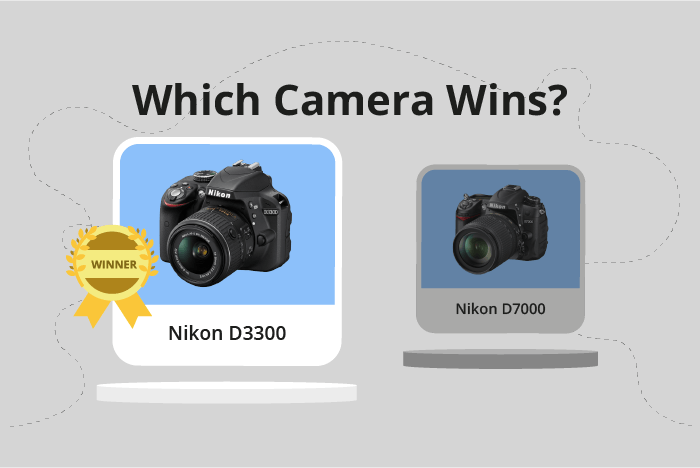Nikon D3300 vs D7000 Comparison
Nikon D3300

Nikon D7000

The Nikon D3300 edges out the Nikon D7000 with a score of 55/100 compared to 54/100. Both cameras are DSLRs and share similar dimensions, with the D3300 measuring 124 x 98 x 76mm and the D7000 at 132 x 105 x 77mm. The D3300 is significantly lighter, weighing 430g (0.95lbs) compared to the D7000’s 780g (1.72lbs).
The D3300 has the advantage of a more recent release year (2014) and a lower launch price of $650, making it a more budget-friendly option. However, the D7000 still holds its own despite being released in 2010 and having a higher launch price of $1200.
Considering the similar scores, both cameras offer comparable performance. The D3300’s lighter weight and lower price make it an attractive choice, while the D7000’s slightly larger size may appeal to some users. Ultimately, the decision depends on individual preferences and priorities.
Nikon D3300 vs D7000 Overview and Optics
The Nikon D3300 outperforms the Nikon D7000 in optics with a score of 64/100, a difference of 9 points from the D7000’s 55/100. Both cameras share some common specifications, such as CMOS sensor type, APS-C sensor size, Nikon F lens mount, and lack of image stabilization. However, there are key differences that make the D3300 superior in optics.
The D3300 has a higher megapixel count at 24.2 compared to the D7000’s 16.2, which allows for greater detail and resolution in images. Additionally, the D3300 has a more advanced processor, the Expeed 4, compared to the D7000’s Expeed 2. This results in faster image processing and better overall performance. The D3300 also has a higher DXOMARK score for the sensor at 82, compared to the D7000’s 80, indicating better image quality.
On the other hand, the D7000 has a faster shooting speed at 6 frames per second, compared to the D3300’s 5 frames per second. This makes the D7000 slightly better for capturing fast-moving subjects or action photography.
Weighing these factors, the Nikon D3300 stands out as the better option for optics. Its higher megapixel count, more advanced processor, and better DXOMARK score for the sensor contribute to superior image quality. Despite the D7000’s faster shooting speed, the D3300’s advantages in other areas make it the clear winner in terms of optics.
Nikon D3300 vs D7000 Video Performance
The Nikon D7000 wins in video capabilities with a score of 57/100, while the Nikon D3300 scores slightly lower at 56/100. Both cameras share common video specifications, such as a maximum video resolution of Full HD and maximum video dimensions of 1920 x 1080.
The Nikon D7000 outperforms the D3300 in some aspects. It has built-in time-lapse functionality, which allows for the creation of time-lapse videos without the need for additional software or equipment. This feature is absent in the Nikon D3300. The inclusion of time-lapse functionality in the D7000 contributes to its higher video score.
On the other hand, the Nikon D3300 has a higher maximum video frame rate of 60fps, compared to the D7000’s 24fps. This means that the D3300 can capture smoother videos, especially in fast-moving scenes or when slow-motion effects are desired. Despite its lower video score, the D3300 has an advantage in this particular aspect.
Taking into account these differences, it is clear that the Nikon D7000 offers superior video capabilities due to its built-in time-lapse functionality. This makes it a better choice for photographers who frequently create time-lapse videos. However, the Nikon D3300’s higher maximum video frame rate should not be overlooked, as it can be beneficial for capturing smoother videos. Ultimately, the best camera for video capabilities depends on the specific needs and preferences of the user.
Nikon D3300 vs D7000 Features and Benefits
The Nikon D7000 outperforms the Nikon D3300 with a feature score of 54/100 compared to 41/100. Both cameras share several specifications, including a 3-inch screen size and a screen resolution of 921,000 dots. Neither camera has a touchscreen, flip screen, GPS, or Bluetooth capabilities.
The winning camera, the Nikon D7000, has a clear advantage with its Wi-Fi capability. This feature allows users to transfer images and control the camera remotely, providing a more convenient and efficient experience. The D7000’s higher feature score also indicates that it offers more advanced options, which may appeal to users seeking versatility and customization in their photography.
On the other hand, the Nikon D3300 still has value despite its lower feature score. The camera’s simplicity may be suitable for beginners or those looking for a more straightforward shooting experience. While it lacks the Wi-Fi connectivity of the D7000, this may not be a critical feature for all users.
When comparing the Nikon D3300 and D7000, it is apparent that the D7000 offers more advanced features, particularly with its Wi-Fi connectivity. However, the D3300 may still be a suitable option for those seeking simplicity and ease of use in their camera. Ultimately, the choice between these two cameras will depend on the individual needs and preferences of the user.
Nikon D3300 vs D7000 Storage and Battery
The Nikon D7000 outperforms the Nikon D3300 in storage and battery with a score of 45/100 compared to the D3300’s 32/100. Both cameras share the same storage capabilities, with one memory card slot each and compatibility with SD, SDHC, and SDXC memory cards. Neither camera offers USB charging.
The D7000’s advantage lies in its battery life and battery type. With 1050 shots per charge, the D7000 lasts significantly longer than the D3300, which offers 700 shots. The D7000 uses the EN-EL15 battery, while the D3300 relies on the EN-EL14a.
The D3300 does not have any advantages over the D7000 in terms of storage and battery. The difference in battery life and type makes the D7000 a more reliable choice for extended shooting sessions. The D3300, however, may still be suitable for casual photography with its 700-shot battery life.
Nikon D3300 vs D7000 – Our Verdict
Are you still undecided about which camera is right for you? Have a look at these popular comparisons that feature the Nikon D3300 or the Nikon D7000:

